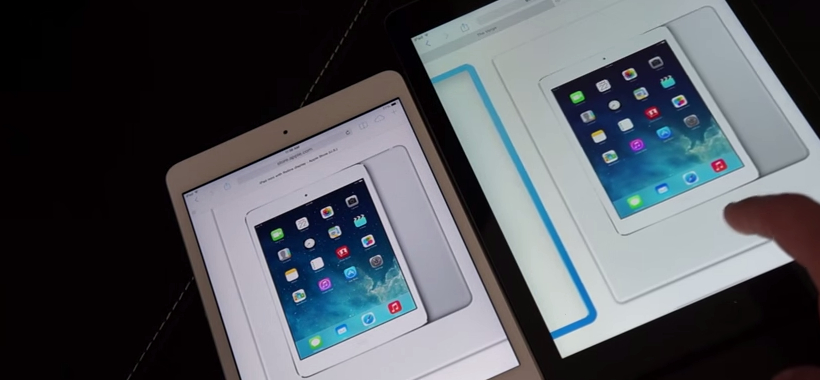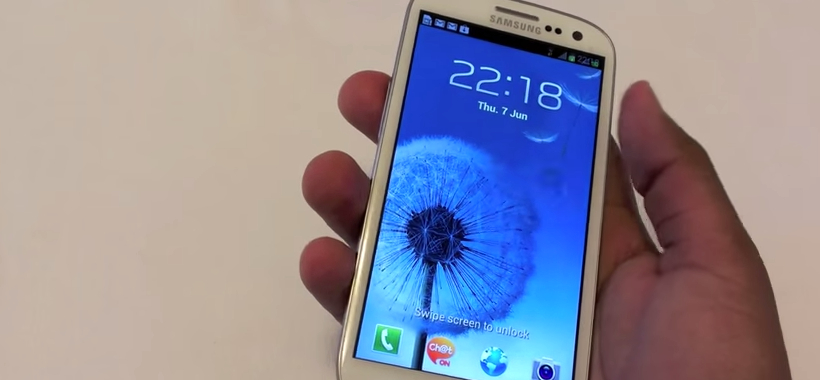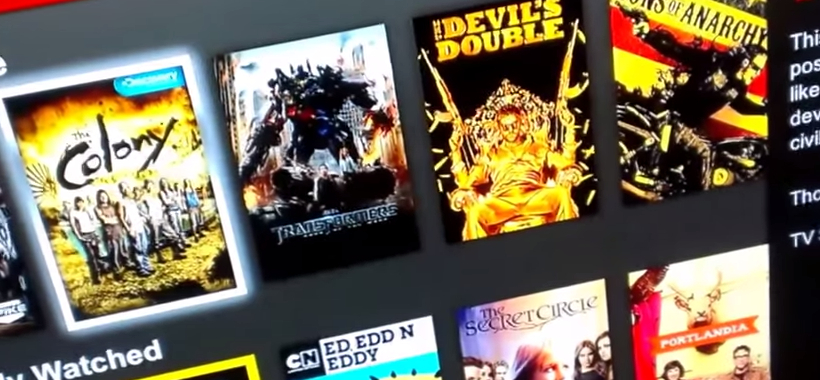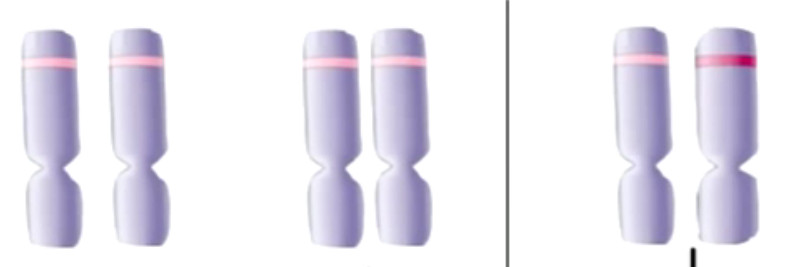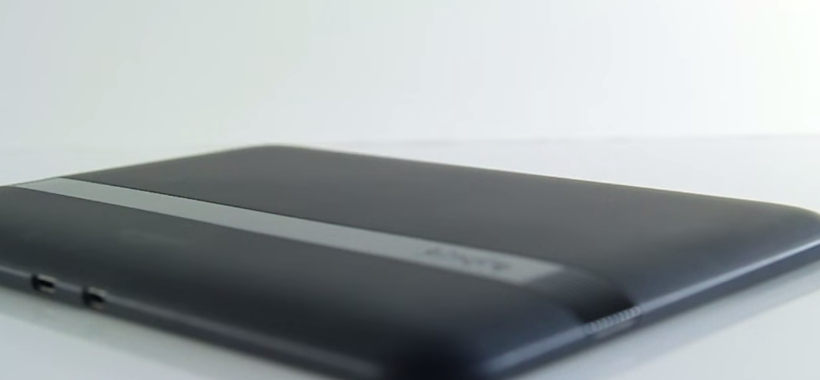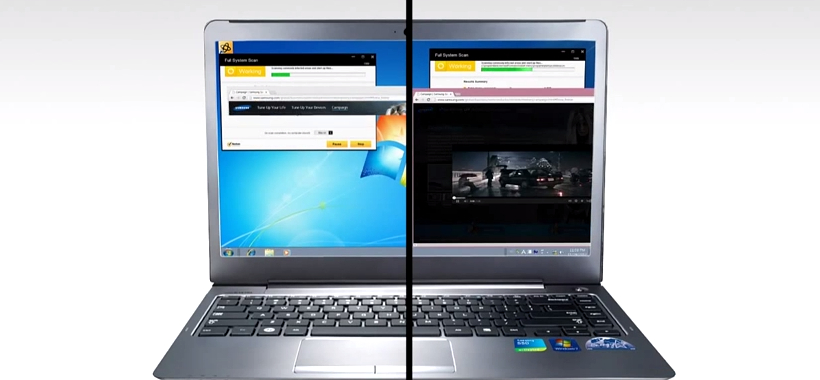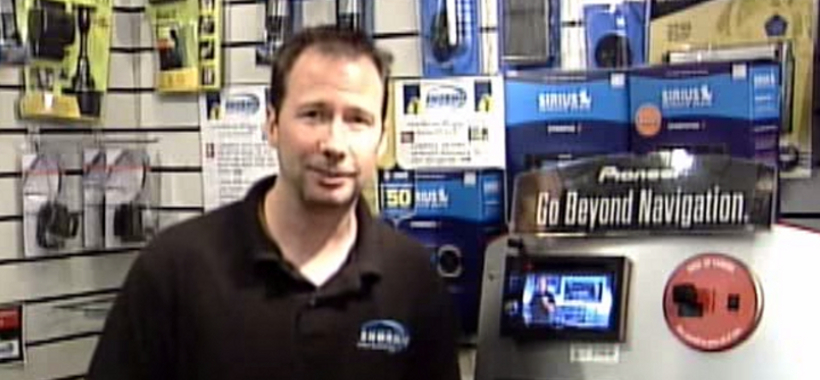In the modern day era we need to keep on adjusting to new technologies over and over again because they keep on evolving way harder than what we needed to keep up with back in the day. This means that sometimes it is hard to tell what is a good purchase and what is a bad purchase, especially when it comes to light mobile devices such as iPhones and iPads. These just keep on evolving and we can barely handle it.
As such, we need to look at the options and consider them properly in order to identify the best purchase. In this article, we are going to help you look at two options: iPad Air and iPad retina. iPad Air is a newer more expensive alternative when we look at both these devices, but does the difference make up for it?
iPad Air vs iPad Retina
The first we identify is that the iPad Air is lighter. To be more specific, it is 100g lighter than the iPad retina. This means that it is a device with a lot more mobility, as well as a smaller screen surround that came from inspiration drawn from the iPad mini. For people that actually enjoyed the iPad mini, this is a full version of it, and that is certainly worth considering already.
iPad air is less than 7.5mm thick, and it doesn’t even weight 500g, it weights 469g. This makes it a lot more compact and mobile than the iPad retina, and that, in itself, is a serious advantage worth looking at.
Processor
Other than that, the iPad Air has a faster processor, it has a 64-bit processor. But then again, this doesn’t necessarily mean that it is better than the iPad retina. The device uses a new Apple chip called the A7, and it is designed to make it match the power of the iPhone 5S. But the tablet needs to work with a lot more pixels than the iPhone 5S, and as such, it probably has a little more power.
The A7 64-bit chip doesn’t make its powers appear for a while until you really start taking advantage of the device and using it like you mean it. But it is, however, better than the 322bit chip that is used on the iPad retina and as such, this means that you will get a better gaming experience on the iPad Air due to a better performance and due to better graphics.
This, however doesn’t mean a lot to most people, since most people like to do their gaming on their computer or on their smartphones (when they’re really bored) and like to use the tablet to work and for other types of entertainment such as watching movies and surfing the web.
Screen Size
When it comes to the screen, both tablets have pretty much the same size and appearance, and when it comes to the performance of the screen, they are also equally matched. The iPad retina already had a great screen with proper contrast and color reproduction, so it comes as no surprise to acknowledge that the iPad Air is pretty much the same thing on this field.
Again, this makes both tablets amazing for entertainment. Sharing a movie on these devices is certainly going to give you and your partner a great experience. And if you own or are thinking about owning one of these, you should understand that when it comes to the scree, the competitors are starting to catch up on Apple. Google Nexus 7.2 has a 7 inch HD screen that puts these two on their toes.
Both tablets use the iOS 7 and share the same software as the iPhone 5S. They are both going to have the same feeling for the user, and the only difference that you are going to feel is that there are some games that are discontinued for ‘older’ tablets and that focus on the newer models. These will, in time, start lacking support and a community in itself for older version such as for the iPad retina.
Camera
Finally, the last advantage that the iPad Air has over the iPad retina is when it comes to taking pictures. We all like to capture the moments we live and share them with others, and for that we need as good a camera as possible in order to capture the feeling we have at that time to the best extent possible.
The iPad Air has a better camera, improved with the latest technology. They both have a 5 megapixel sensor, but the processing technology of the sensor has been improved on the iPad Air, which renders a better quality on the image when the photo is taken. There is, however, still no flash on the camera, and that is going to affect a lot of users.
Pricing
The final difference, at the end of the day, is the price. An iPad retina costs $329, and the iPad Air costs $399. That is a $70 difference and you need to take into consideration that even though the iPad Air has a lot of advantages, these are all minor advantages that won’t really make any difference in your daily life. As such, you need to ask yourself whether or not the $70 are worth spending for a newer model. The biggest difference is the weight and, if you don’t mind the little weight advantage of the iPad retina, then it is probably the best alternative if you want to save some money.
